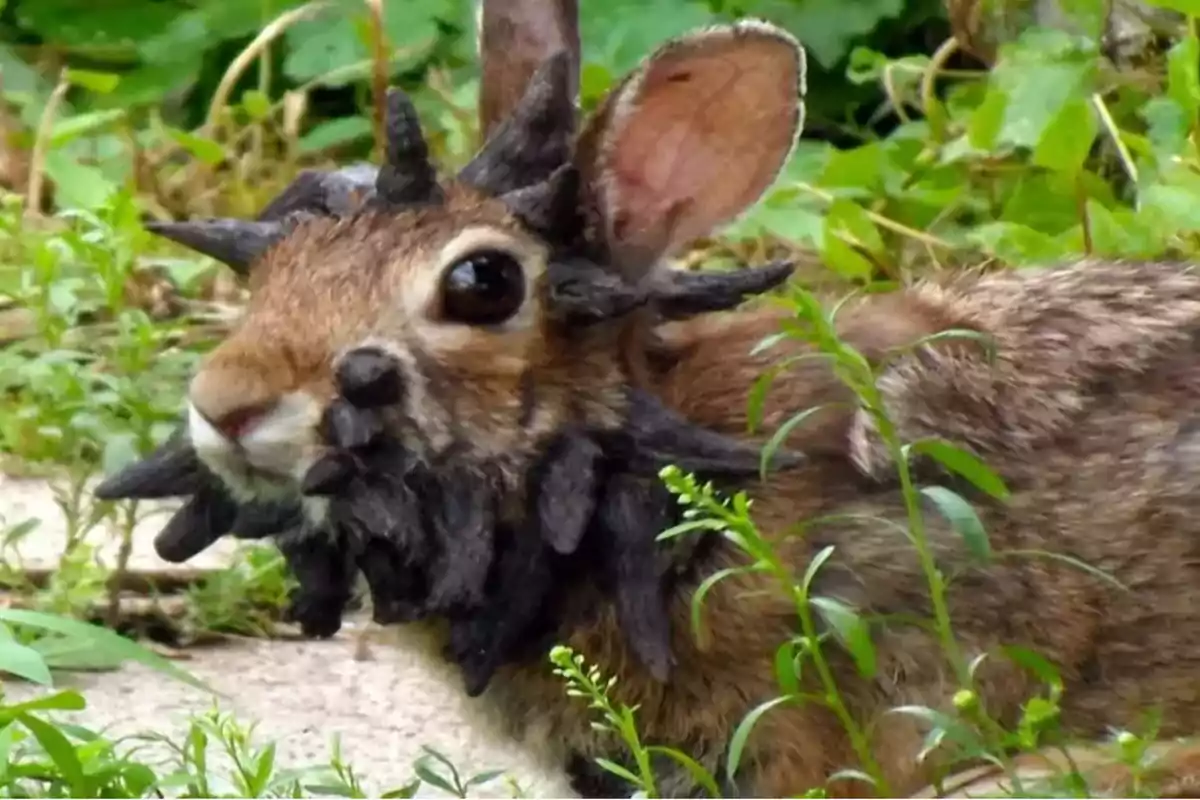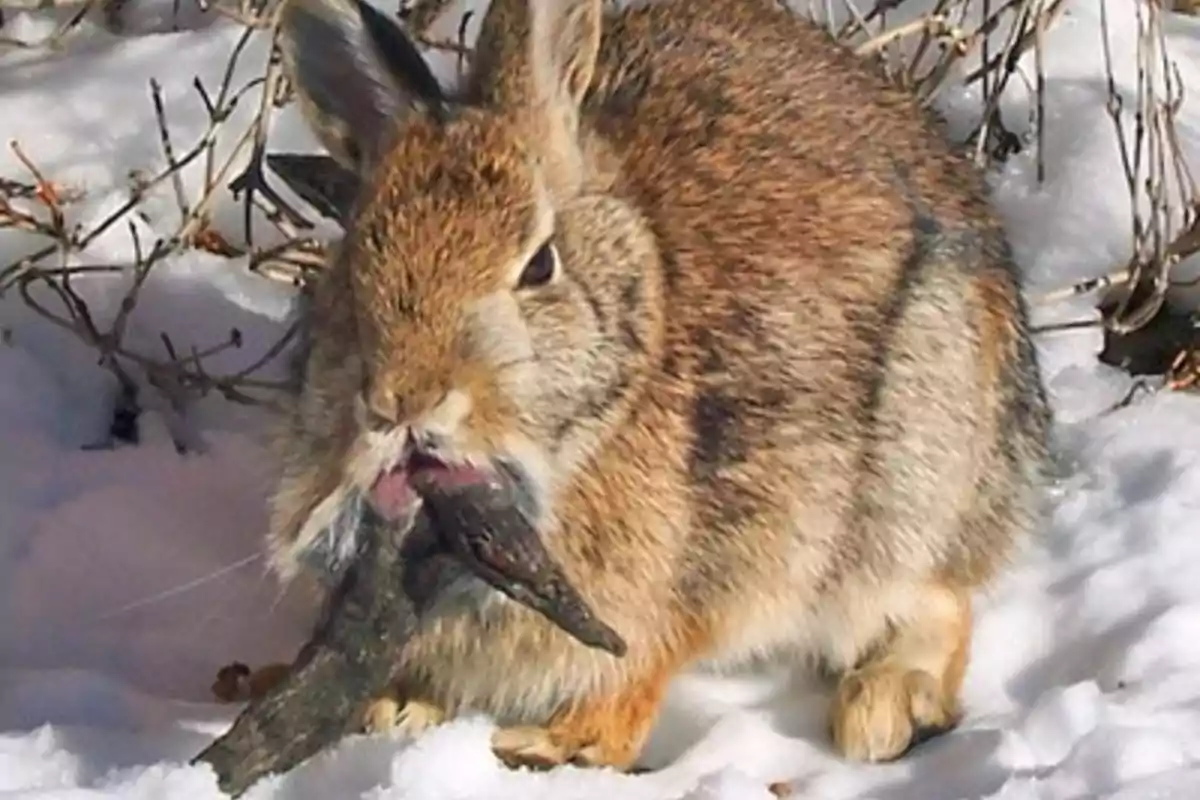
What are the chances that rabbits with tentacles will recover
Concern is growing in the United States about the papillomavirus that affects a large number of rabbits
The recent appearance of wild rabbits with strange horn- and tentacle-like growths on their heads surprised and alarmed several communities in Colorado, United States.
Although the image is striking, there is a scientific explanation behind this condition: it is the cottontail rabbit papillomavirus, known as Shope papillomavirus, identified in the 1930s by researcher Richard E. Shope from Rockefeller University.
This virus causes anything from small nodules to large, visible structures on the animals' faces. Although it can be disturbing, the disease is neither new nor exclusive to rabbits: in fact, its study has been key for modern medicine, since it allowed for a better understanding of the human papillomavirus (HPV) and contributed to the development of its vaccine.

How is it transmitted and why does it appear in summer?
Transmission occurs mainly through vector insects such as mosquitoes, fleas, and ticks. For this reason, sightings usually increase during the summer months, when the activity of these insects is higher.
Although images of affected animals cause concern, specialists assure that the prognosis is hopeful. According to Kara Van Hoose, spokesperson for Colorado Parks and Wildlife, around 35% of rabbits fully recover within six months, thanks to the action of their own immune system.

In most cases, recovery is spontaneous: the growths may increase in size for a while and then begin to shrink until they disappear. This always happens as long as they do not interfere with vital functions such as vision, feeding, or hydration.
The real danger arises when the protrusions are located in areas that make it difficult to eat, drink, or see. In those cases, rabbits can suffer from malnutrition, dehydration, and even die. In these extreme situations, authorities recommend euthanasia as the only compassionate measure.
However, most infected rabbits manage to survive and overcome the infection without human intervention. Colorado Parks and Wildlife keeps a policy of non-intervention in wild animals, unless the condition seriously compromises their survival.
More posts: